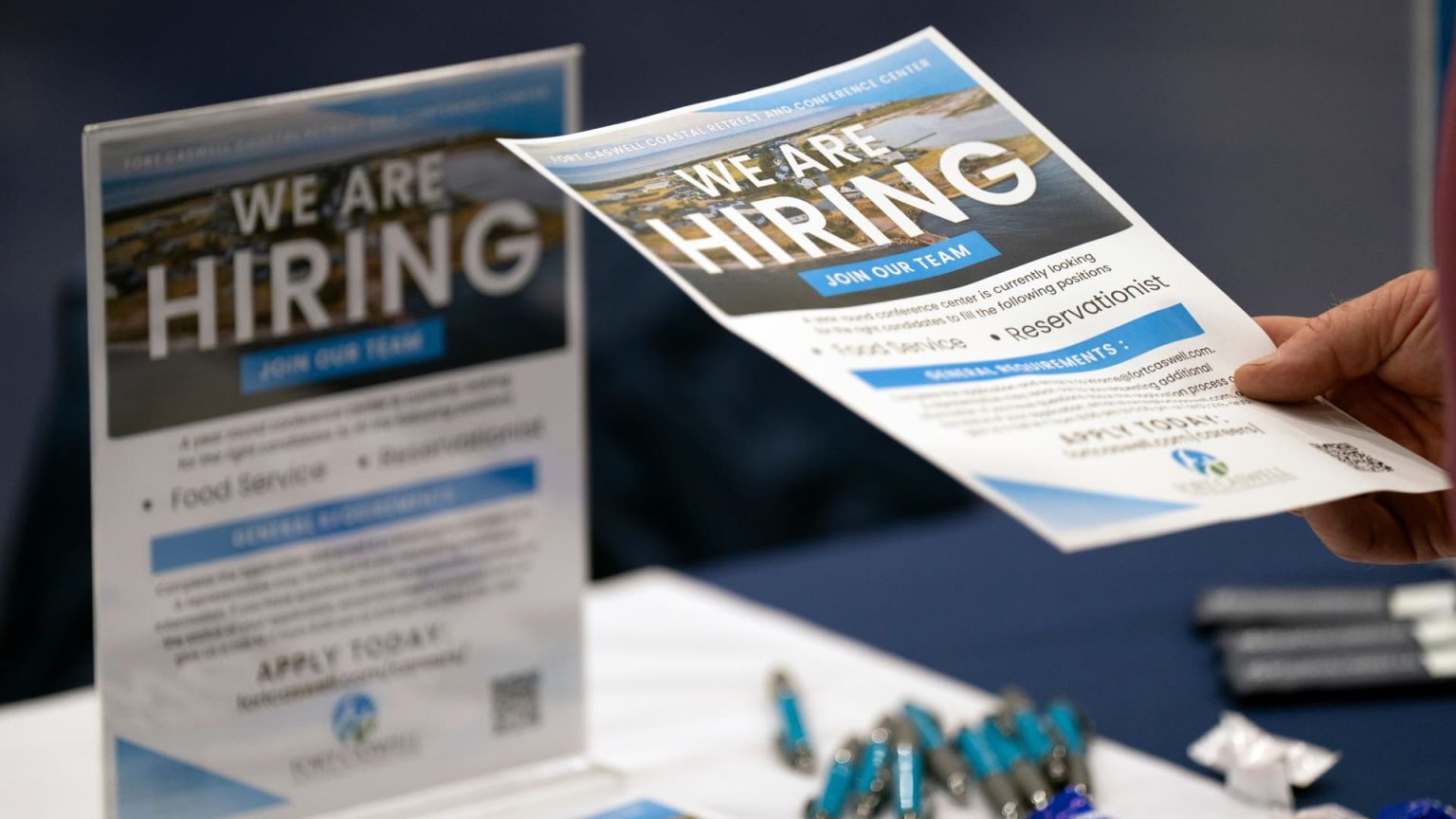Hiring is expected to have continued at a brisk pace in April, with nonfarm payrolls projected to show a gain of 240,000 for the month. This figure, if accurate, would be slightly lower than the average monthly job creation rate in 2024. However, the job market remains strong, with key sectors such as health care and leisure and hospitality driving employment growth. Looking ahead, seasonal trends may result in increased hiring in sectors like education, manufacturing, and warehousing, as summer approaches.
Surpassing expectations, the labor market has consistently outperformed forecasts this year, with the unexpected 303,000 job gain in March showcasing its resilience. This trend has raised concerns among Federal Reserve officials, who are hesitant to lower interest rates due to the strong labor market and lingering inflation above the 2% target. Policymakers will closely monitor tomorrow’s report for signs that job growth is not exacerbating price pressures. Ideally, a scenario where payrolls growth falls slightly, wage pressures ease, and more people enter the labor force would alleviate concerns about high inflation levels.
Investors will also pay close attention to wage numbers, with average hourly earnings expected to grow by 0.3% for the month and 4% annually. However, potential distortions due to immigration patterns and changes such as California’s minimum wage increase to $16 an hour could impact these figures. Federal Reserve Chair Jerome Powell noted that wage pressures have decreased over the past year as the labor market has aligned supply and demand. Despite positive economic indicators, inflation remains a concern for policymakers, driving uncertainty in financial markets about the Fed’s rate path.
The market’s reaction reflects the uncertainty surrounding the Fed’s decision-making process, particularly regarding the relative importance of unemployment and inflation. As speculation mounts about the Fed’s response to changing economic conditions, analysts and investors alike are unsure of the central bank’s priorities. Despite the clarity provided by recent Fed communications, the market remains uncertain about the future policy direction. With so much at stake, investors are closely monitoring economic data releases for insights into the Fed’s potential actions.
Overall, the labor market continues to show strength, with April’s job report likely to reveal robust hiring trends in key sectors. While the pace of job growth may have moderated slightly, the resilience of the labor market bodes well for continued economic expansion. However, concerns about inflation and the Fed’s policy decisions cast a shadow over the market, leading to heightened uncertainty among investors. As analysts await the release of the latest job report, anticipation is high for further insights into the state of the labor market and its implications for future monetary policy.













